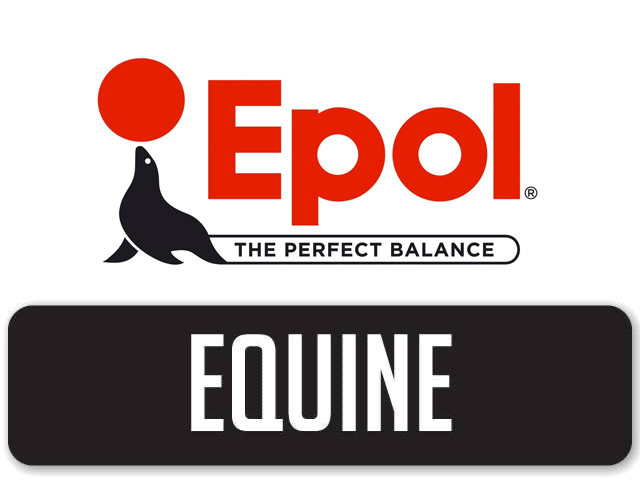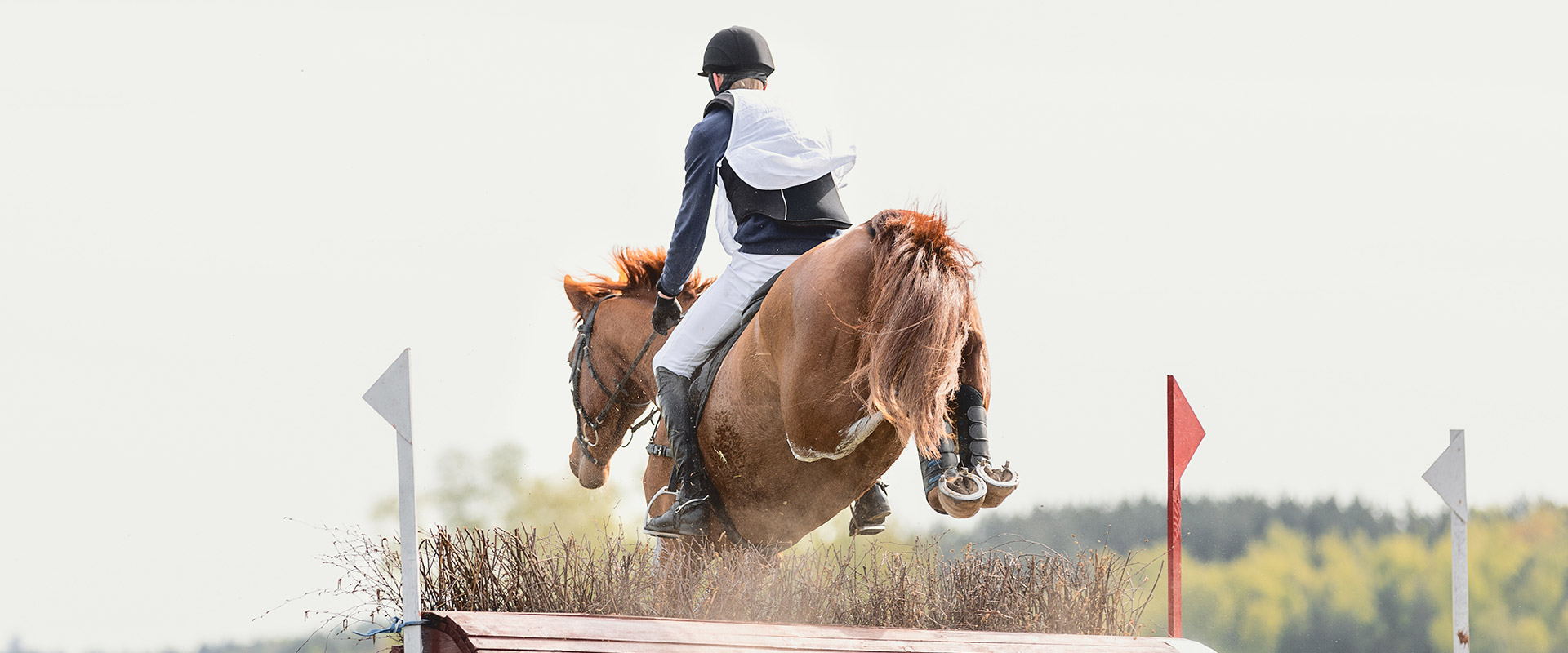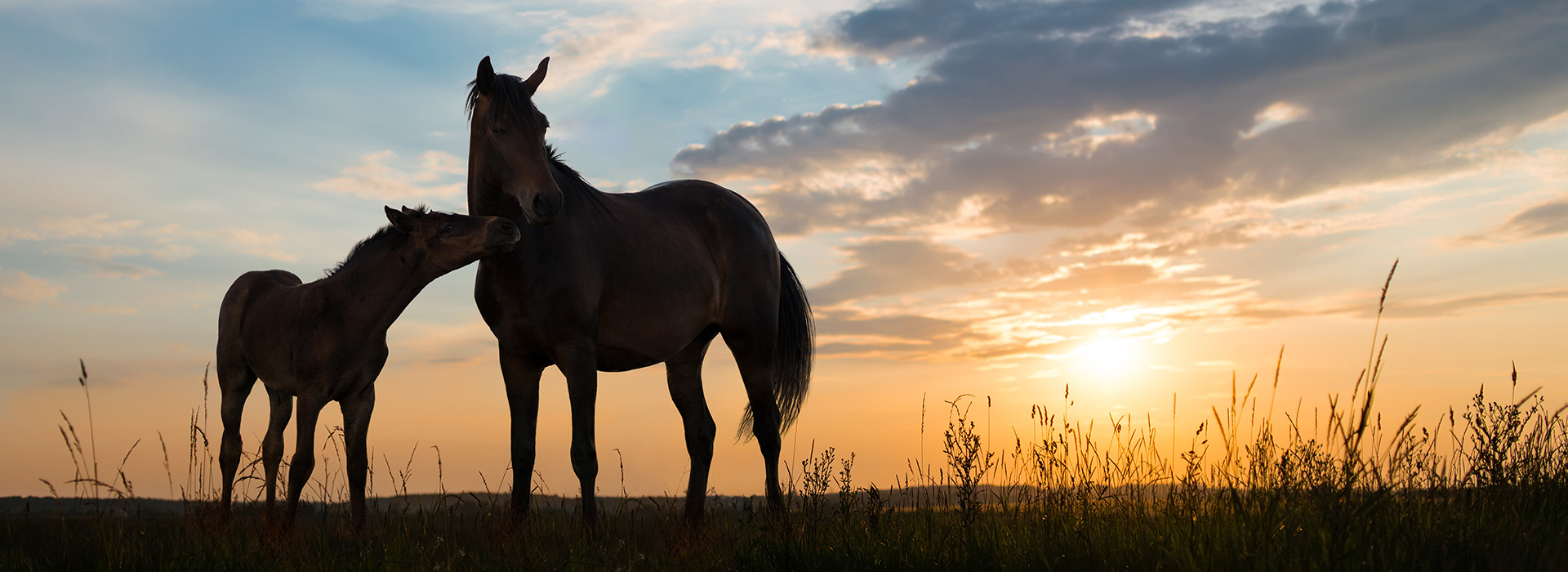Picture this scenario: A pastured horse develops hair loss, itching, dermatitis, colic, laminitis, or even sudden death, and the owner is certain the problem must have been caused by something the horse touched or ate.
The first and most urgent task is to have a veterinarian diagnose and treat the affected horse as all these symptoms could be related to very treatable conditions. However, if on veterinary inspection, poisoning is suspected then preventing another poisoning occurrence will involve identifying susceptible horses as well as finding and removing the poisoning agent.
If all signs indicate that contact with, or ingestion of, a poisonous substance was in fact the cause of the horse’s illness, the source of the dangerous substance must be found and isolated or removed so that no more horses will become ill. The source could be something such as fertilizer or roadside debris that has been introduced into the pasture, or it could be a plant, leaf, shrub, or weed growing in the field. In the case of plant material, the question is not easily answered because almost every pasture sports an array of potentially harmful plants. Whether or not an adverse reaction occurs will be dependent on the time of year, climate, plant part and amount ingested, and the overall health and immune status of the affected horse.
Determine whether the horse in question had a reason to eat something it would not normally ingest. Starving, or very thin horses, are at higher risk than other horses for eating questionable plants. Insufficient high-quality feed, could cause hungry horses to eat anything available, often resulting in a serious reaction. Well-fed horses usually avoid toxic plants, and are in better condition to survive a poisoning episode if this occurs.
Determine the feeding practices, recording whether horses have 24-hour access to pasture or only limited grazing time, and also how much hay or concentrate they are fed. Also check water sources to ensure that the water provided has not been affected. This is especially important where bore holes are used.
List all hay, feeds, supplements, whole grains, nutraceuticals, and whatever else the horses may have been given. It is wise to check all sell by dates to ensure everything that has been fed is within manufacturer’s guidelines. All feeds, supplements and nutraceuticals should always be stored in sealed containers, in cool dry conditions. Leaving products in less than ideal conditions could cause problems such as mould.
The investigator should open and inspect several bales of hay and identify the types of grasses and plants found. It should be determined if hay was baled from clean fields or whether it might contain plants from wet places, hedgerows, or weedy areas. If horses are kept in stables for any part of the day, the type of bedding should be examined and identified, and an attempt should be made to find out what its source is. In many investigations, the primary cause is often missed.
Practitioners need to take charge of the situation and complete a thorough farm investigation. An open mind and common sense will reduce the number of undiagnosed or unresolved cases and result in an understanding of the primary inciting cause.
Reference: http://www.equinews.com/article/handling-suspected-horse-poisoning




